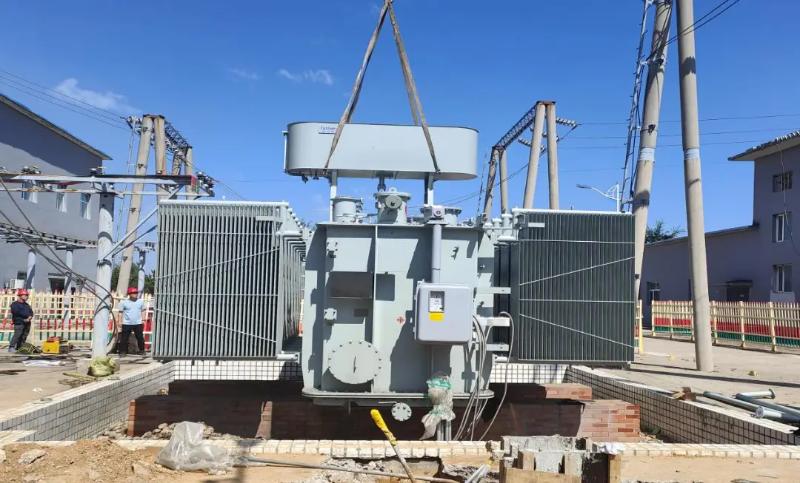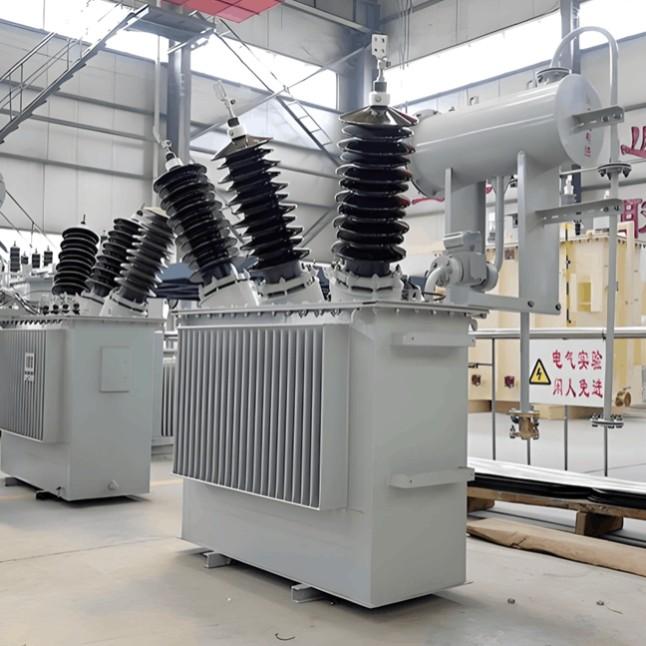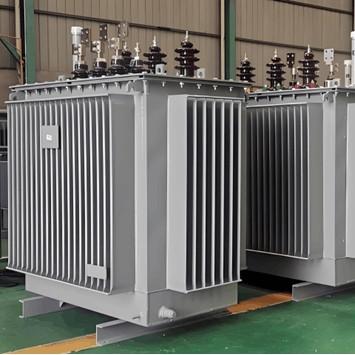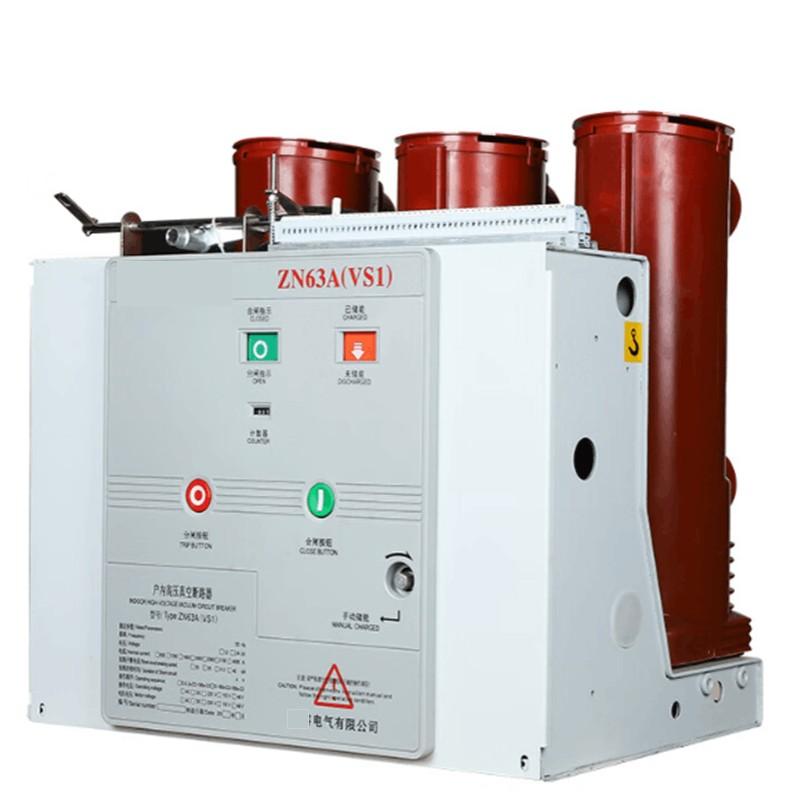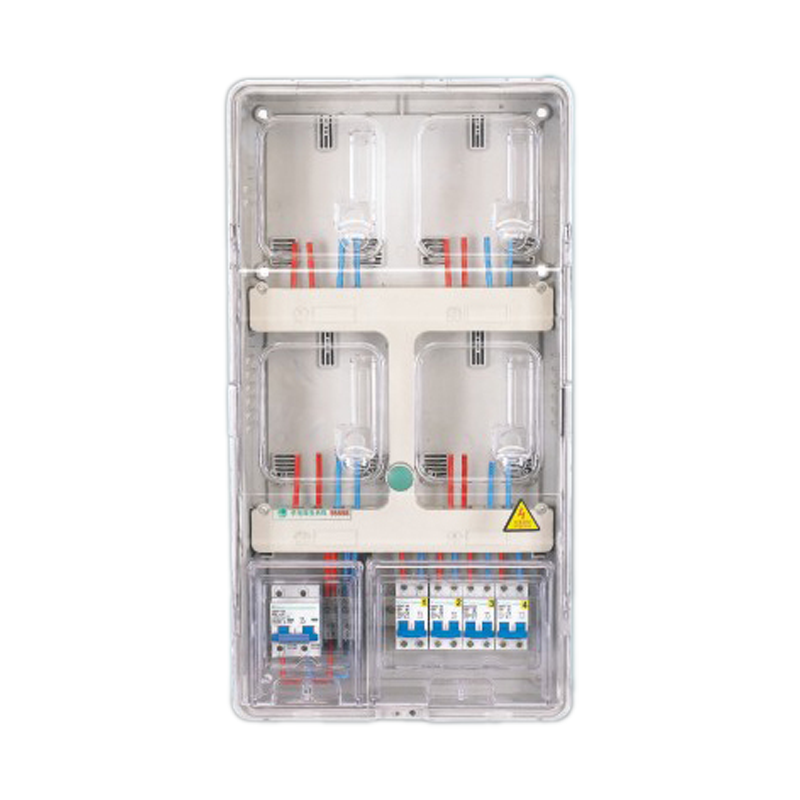There are many taboos and problematic practices in the installation of distribution boards and cabinets that must be noted. Especially in certain areas, improper operations during installation may lead to serious consequences. For cases where the precautions were not followed, some corrective measures are also provided here to remedy previous mistakes. Let’s follow along and take a look at common installation taboos from manufacturers regarding distribution boxes and cabinets!
1. Taboo: Lighting distribution boards (panels) are not inspected upon arrival.
Consequence: If lighting distribution boards (panels) are not inspected upon arrival, problems are often discovered only after installation: the secondary panel lacks a dedicated grounding screw; the protective earth (PE) conductor has insufficient cross-section; the door with installed electrical devices is not reliably connected to the metal frame with bare copper flexible wire; wire-to-device connections are loose or have reverse loops; non-galvanized screws and nuts are used; conductor sizes do not meet requirements; color coding is missing; there are no circuit identification tags or electrical diagrams; device layout and spacing are unreasonable; and N and PE terminal blocks are not provided. Rectifying these issues later delays the project schedule and affects quality.
2.Taboo: Inadequate protective earthing in lighting distribution boards (panels), with incorrect conductor size.
Consequence: The protective earth wire in lighting distribution boards (panels) is not led out from a terminal block but instead connected in series through the enclosure frame. The conductor size does not meet requirements. If the distribution box door contains devices operating above extra-low voltage, and no protective earth wire is provided, it can easily cause safety accidents.
Measure: According to code requirements, a protective earth (PE) busbar must be installed inside lighting distribution boards (panels), and all protective earth conductors must be connected to this busbar.
The cross-sectional area of the protective earth conductor shall not be smaller than that of the largest branch circuit conductor connected to the appliance, and shall comply with relevant regulations. Grounding connections on the distribution board (panel) must be firm, reliable, and equipped with anti-loosening devices.
For doors or movable panels containing electrical equipment operating above 50V, a bare copper flexible wire must reliably connect them to a well-grounded metal frame. The cross-section of this bare copper wire must also meet code requirements. Metal enclosures or boxes with wall thickness less than 2.5 mm shall not be used as bonding conductors for conduit grounding or as connection points for protective earth wires of electrical appliances.

3. Taboo: Circuit breakers in lighting distribution boards (panels) are not labeled with circuit names.
Consequence: Without circuit identification on breakers inside lighting distribution boards (panels), operation and maintenance become inconvenient. Accidentally closing the wrong breaker may easily lead to safety incidents.
Measure: As per standard code requirements, a wiring diagram should be affixed inside the door of the lighting distribution board (panel), and each circuit breaker must be clearly labeled with its circuit name. This is especially important if the panel contains AC, DC, or power sources of different voltage levels—clear markings are essential to ensure convenience and safety for users and maintenance personnel.
4. Taboo: Electrical devices and instruments inside lighting distribution boards (panels) are not securely or evenly mounted, and spacing does not meet requirements.
Consequence: Loose, uneven, or improperly spaced installation of devices and instruments inside lighting distribution boards (panels) compromises safety.
Measure: Electrical devices and instruments on lighting distribution boards (panels) must be securely, evenly, and neatly installed with uniform spacing. Copper terminals must be tight, switches must operate smoothly, and all components must be complete.
5. Taboo: Removable metal plates inside lighting distribution boards are not connected to the protective earth system.
Consequence: Removable metal plates inside lighting distribution boxes often mount various electrical components. If not connected to the protective earth, electric shock accidents can easily occur.
Measure: Removable metal plates inside lighting distribution boxes must have reliable grounding protection. Therefore, a non-removable dedicated grounding screw must be provided on the metal plate, and the protective earth conductor must be effectively connected to it. The size of the protective earth conductor must comply with code requirements to ensure safe operation.
6. Taboo: Conduit entries in floor-mounted distribution boxes are installed too low.
Consequence: If conduit openings inside floor-mounted distribution boxes are too low, water and debris can easily enter the conduits, reducing the insulation strength of the conductors.
Measure: Conduit entries in floor-mounted distribution boxes should be 50–80 mm above the base surface of the box. Conduits should be neatly arranged, and conduit ends should be flared (bell-shaped).
7. Taboo: Lighting distribution boards (panels) are made of untreated wood without flame-retardant treatment.
Consequence: In damp or dusty environments, wooden distribution boards (panels) are prone to rotting and leakage. Moreover, untreated wood is flammable and poses a fire hazard, creating a serious safety risk.
Measure: To ensure safety, lighting distribution boards (panels) must not be made of combustible materials. Even in dry, dust-free locations, if wooden enclosures are used, they must undergo flame-retardant treatment before installation.
8. Taboo: Lighting distribution boards (panels) are not securely installed, at incorrect height, or in flush-mounted installations, the panel edges do not tightly adhere to the wall.
Consequence: Incorrect mounting height, insecure installation, non-vertical box alignment, or gaps between the panel and wall in flush-mounted installations affect functionality and appearance.
Measure: Installation height must comply with design requirements. If not specified, the bottom of a lighting distribution box should be approximately 1.5 m above the floor, and the bottom of a lighting distribution panel should be about 1.8 m above the floor.
Distribution boards (panels) must be securely mounted, with vertical deviation no more than 3 mm. In flush-mounted installations, there should be no gaps around the box, and the panel edges must tightly contact the wall. Surfaces in contact with building structures should be coated with anti-corrosion paint.
9. Taboo: Wiring inside lighting distribution boards (panels) is tangled and not bundled.
Consequence: Disorganized wiring inside the box causes the secondary panel to press tightly against conduit entries, hindering conductor entry. Forcing wires in may damage insulation over time, leading to short circuits. It also makes maintenance difficult and looks unprofessional.
Measure: When metal enclosures are used for lighting distribution boxes, anti-rust and anti-corrosion treatment is required. Knockouts must not be made using electric or gas welding. Each conduit requires one dedicated hole. For metal boxes, protective bushings must be installed in the holes before wire pulling.
Wiring must be neatly arranged. Conduit entry positions should be rationally planned to avoid the secondary panel pressing against conduits. Conductors inside the box should run straight along the inner perimeter and be neatly bundled.
10. Taboo: N and PE busbars are not installed inside lighting distribution boards (panels).
Consequence: Without N (neutral) and PE (protective earth) busbars, safe operation of the circuits cannot be guaranteed.
Measure: Inside lighting distribution boards (panels), separate neutral (N) and protective earth (PE) busbars must be provided. Neutral and protective earth conductors must be connected to their respective busbars—no twisting or splicing—and all terminals should be numbered.



















